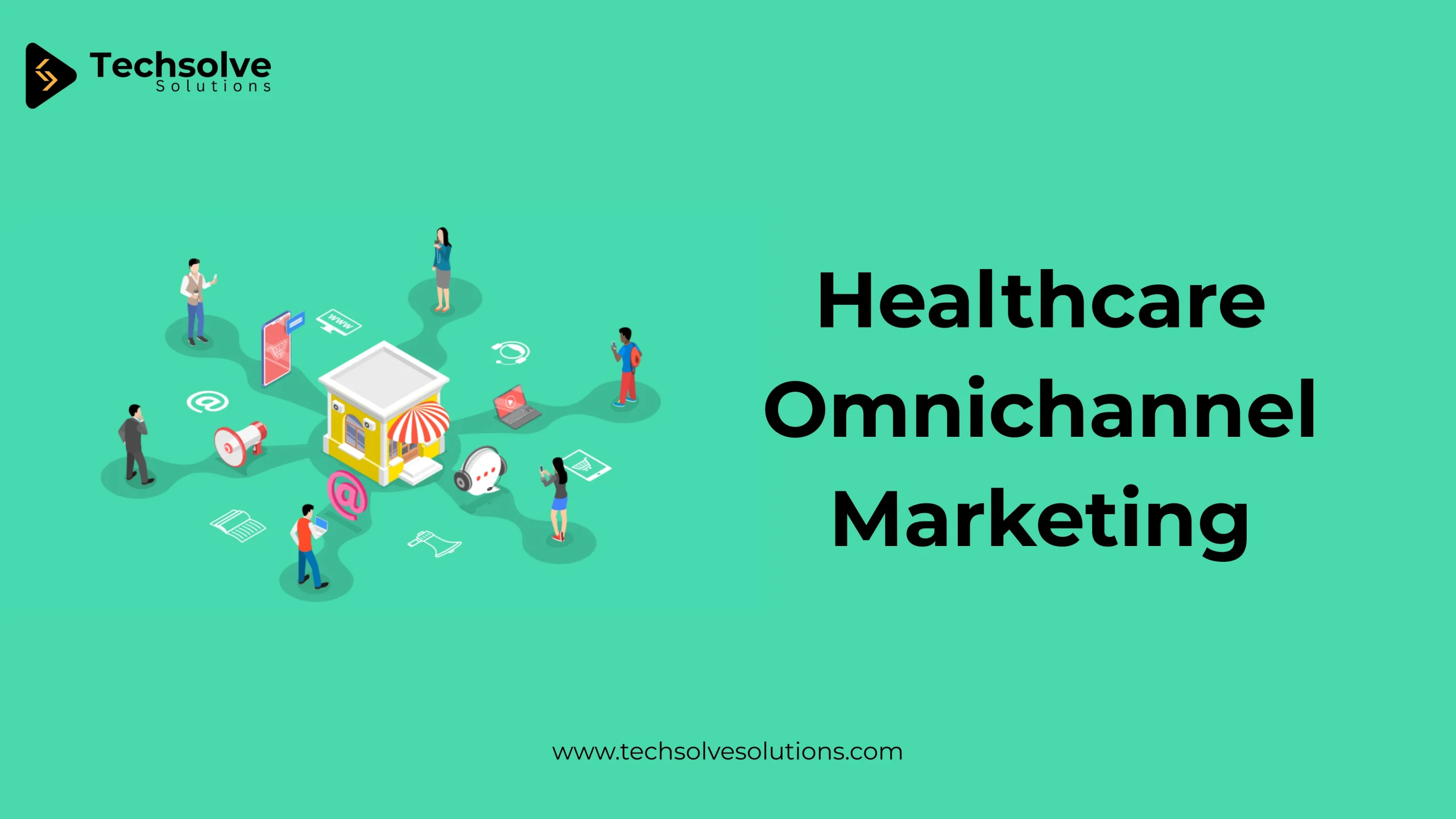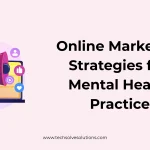
In the dynamic healthcare landscape, every practice must adapt their marketing strategies to meet patients where they are. Omnichannel marketing offers a seamless experience across multiple channels, allowing practices to engage with patients through various touchpoints. Lets explore the importance of omnichannel marketing and how it can enhance patient engagement, improve satisfaction, and drive growth for healthcare practices.
What is Omnichannel Marketing?
Omnichannel marketing is a strategy that integrates multiple channels—such as social media, email, websites, and in-person interactions—into a cohesive experience. Instead of treating each channel separately, omnichannel marketing focuses on creating a unified journey for patients, ensuring consistent messaging and accessibility.
Benefits of Omnichannel Marketing for Healthcare Practices
- Improved Patient Engagement: By reaching patients on their preferred platforms, you can communicate more effectively and foster stronger relationships.
- Enhanced Patient Experience: A cohesive marketing approach ensures that patients receive a consistent experience, whether they interact with your practice online or offline.
- Increased Patient Acquisition: Utilizing various channels increases your practice’s visibility, helping to attract new patients who may discover your services through different touchpoints.
How to Implement Omnichannel Marketing in Your Practice
- Identify Your Channels: Determine which platforms your patients use most frequently, such as social media, email, or your website.
- Create Consistent Messaging: Ensure that your marketing messages are consistent across all channels. This includes your branding, tone, and information about services.
- Utilize Patient Data: Leverage patient data and analytics to understand their preferences and behaviors, allowing you to tailor your marketing efforts more effectively.
- Integrate Online and Offline Strategies: Ensure that your online campaigns align with in-person interactions. For example, promote your social media channels during office visits to encourage online engagement.
- Monitor and Adjust: Regularly assess the performance of your omnichannel strategies and adjust based on patient feedback and analytics.
Example of Omnichannel Marketing
Imagine a patient who first learns about your practice through a Facebook ad. Intrigued, they visit your website for more information, where they can book an appointment online. After their visit, they receive a follow-up email thanking them for their appointment and inviting them to connect on social media for health tips. This seamless experience enhances their overall satisfaction and encourages them to return for future services.
Conclusion
In the modern healthcare landscape, adopting an omnichannel marketing approach is essential for practices looking to enhance patient engagement and satisfaction. By providing a consistent, integrated experience across multiple channels, healthcare providers can not only attract new patients but also foster long-term relationships. For assistance in developing a comprehensive omnichannel marketing strategy, consider partnering with a healthcare digital marketing agency like Techsolve Solutions.







